Knowing the characteristics of sterling silver vs silver lets you know the value of a jewelry or object. One type of silver has distinct characteristics that make it highly valuable in certain markets.
This guide will go through the distinctions between sterling silver and regular silver to help you appraise your belongings. Our guide can also help you accurately determine if a vendor is pricing their jewelry too high or too low.
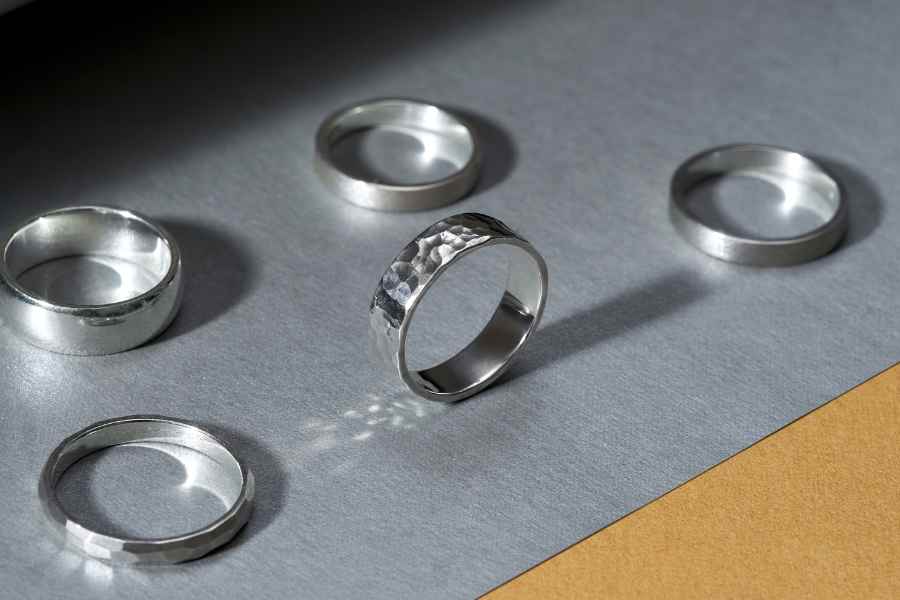
Often known as fine silver, regular silver is the purest form of silver available for jewelry and other uses. It comprises just a tiny bit of contaminants and 99.9% silver. Regular silver is rather soft and malleable due to its great purity, which makes it less appropriate for objects requiring resilience against wear and tear.
Its softness makes it more prone to scratches, dents, and deformation. However, it can achieve complex designs in jewelry due to its malleability. Markings like " 999," which denote fine silver's purity in parts per thousand let you know the piece is nearly “pure silver”
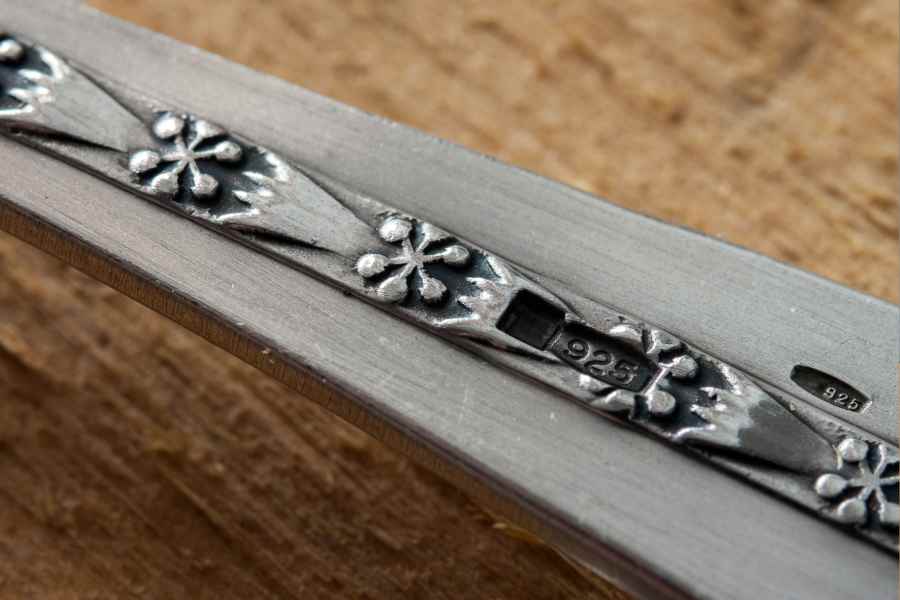
Is sterling silver real silver? In a sense, it is 92.5% real since this type of silver is mixed with other metals like copper, zinc, or nickel. This mix keeps silver's natural luster while improving its hardness and durability. Copper or other metals help to lessen the tarnish that pure silver is prone to occurring.
Anyone interested in buying, selling, or working with regular silver or 925 sterling silver must first understand their variances. Although both have great concentrations of silver, their compositions greatly affect their uses and qualities. Here we compare silver vs sterling silver.
Regular Silver: In terms of purity, silver pieces are made entirely of the metal itself. The purity level of jewelry or pieces that are regular liver is 99.9%, indicating there are no additional metals included.
925 Sterling Silver: Sterling silver vs pure silver in terms of purity is 92.5% due to the mixture or presence of additional metals. While the most common metal used for sterling silver jewelry is copper, other metals can be used such as zinc or nickel.
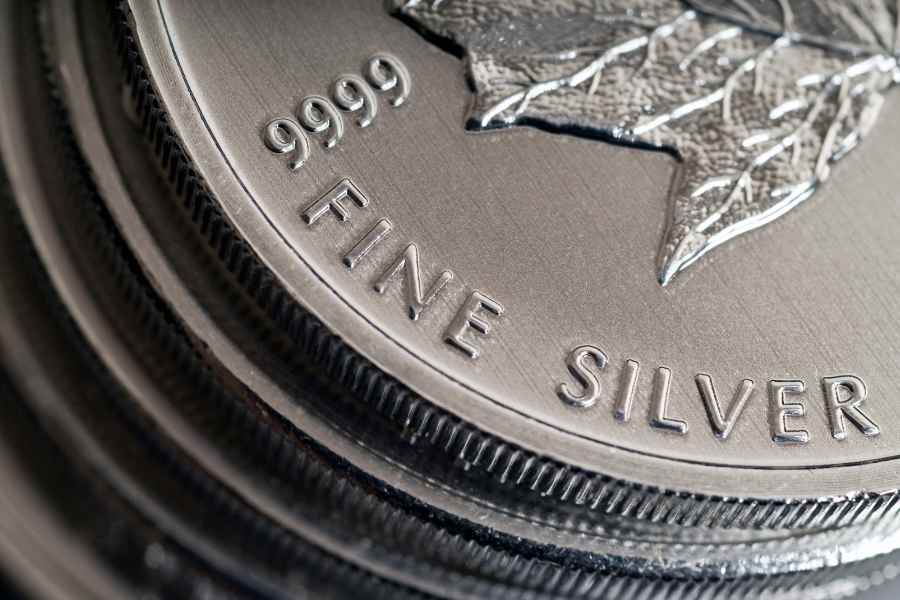
Regular Silver: Regular silver is softer and more prone to denting, bending, and scratching than other high-purity metals. This makes it less suitable as a wearable accessory or kitchenware.
925 Sterling Silver: The mixture of additional metals, particularly copper, enhances sterling silver and increases its durability than pieces with 99.9 hallmarks. Copper or other metals keep the sterling silver pieces' shape intact when physical pressure is applied to them.
Regular Silver: Fine silver's purity causes it to not react noticeably with moisture or air, hence it is less likely to tarnish. However, pure silver can still react to sulfur where the metal turns black. Sulfur in a real-world setting often comes from combusted fuel sources.
925 Sterling Silver: Sterling silver's copper or other metals make it more prone to tarnishing in air and moisture. If the metal used is zine, the sterling silver piece is likely to rust when it is not kept in a dry environment. Take note that sterling silver is also susceptible to sulfur as pure silver.
Regular Silver: Usually more costly than sterling silver, regular silver is practically entirely composed of silver. Its purity and more delicate workmanship demand reflect in the higher cost.
925 Sterling Silver: Less expensive metals like copper help sterling silver to be more reasonably priced than fine silver. Its cost-effectiveness and durability help to explain why a lot of people choose it.
Regular Silver: Due to its softness and high cost, regular silver is mostly used in high-end jewelry and decorative pieces. In terms of market appeal between sterling silver vs fine silver, the former is highly sought after by regular buyers while the latter usually draws collectors.
925 Sterling Silver: Perfect for a range of uses, including daily jewelry, cutlery, and decorative house goods, sterling silver is durable and less expensive. Its reasonably priced cost and resistance to wear make it a favorite in both commercial and handcrafted markets.
Knowing these main variations between sterling silver vs real silver can be useful for assessing any jewelry or pieces you own of their value. The purity, durability, and tarnish resistance will tell you why regular silver is not common among jewelers or silverware.
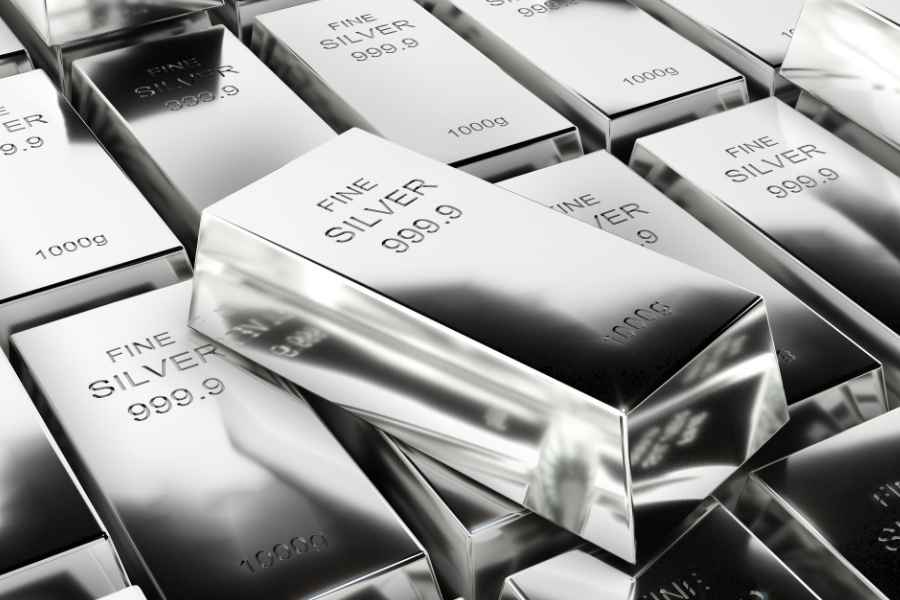
When you have jewelry or silverware, how can you tell if they are completely silver or not? The distinction between sterling silver vs regular silver comes down to knowing their hallmark and other attributes. Below are ways you can tell the difference between sterling and regular silver objects:
Genuine 925 sterling silver will usually be stamped with marks including "925," "Ster," "Sterling Silver," or like equivalents. Usually found on a subtle area of the jewelry or silver item, such as the inside of a ring or on the clasp of a necklace, these features are often hidden.
Sterling silver is not magnetic or will not stick to any magnets. Should a magnet be drawn to the piece, it most certainly does not consist of real sterling silver.
If you have other pieces you know are sterling or pure silver, you can do a weight comparison test. Sterling silver should be much heavier than regular silver, which is due to the additional metal mixed in.
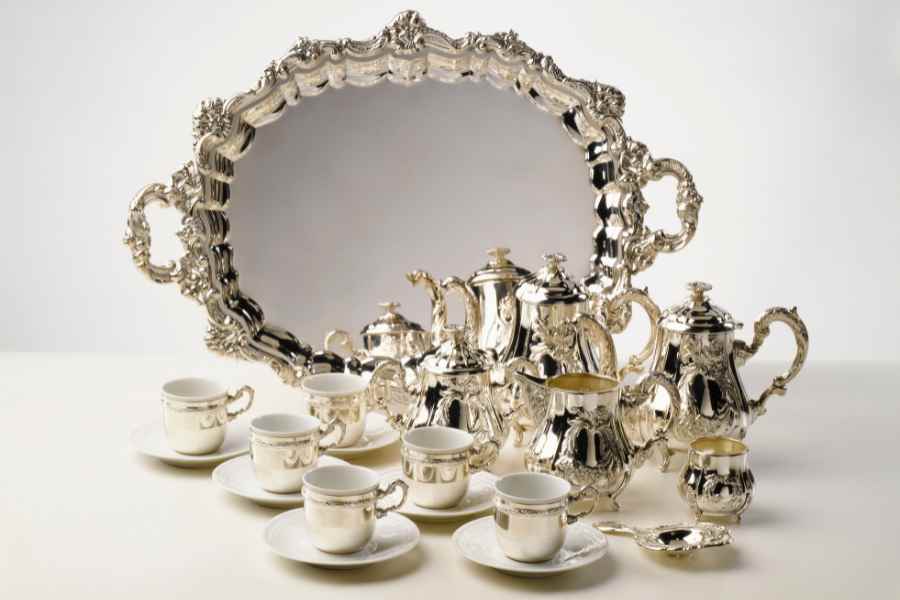
A more conclusive method is using a nitric acid test. Place a small drop of nitric acid on an inconspicuous area of your silver item. Real 925 sterling silver will show a creamy white reaction, whereas fake silver will often turn green. It’s a quick and effective way to ensure authenticity, but it's advised to perform this test with caution or seek professional assistance.
Both sterling silver and silver have particular uses and advantages. The two silver varieties have different costs, durability, and appearance. Although pure silver is still the best choice for collectors or specialized projects, sterling silver is more sensible for daily use. Knowing the differences between sterling silver vs silver guarantees wise choices for use in craftsmanship or purchase.
925 silver is exactly what sterling silver is. Its 92.5% silver content, which is "925 silver", is what defines it. The remaining 7.5% usually consists of copper or another metal to boost its longevity. The standard composition is why sterling silver is common among all jewelry lines or objects made with the metal.
Renowned for its 99.9% purity, fine silver is the kind of silver that tarnishes the least. Its great silver concentration reduces the number of alloy metals that interact with oxygen. However, pure silver can still react to sulfur, creating a discolored area. This reason is why specialized cleaners are made to remove the sulfur from silver pieces.
Because of its lesser purity, sterling silver usually has less financial worth than fine silver. 999 silver’s purity makes it valuable as an investment tool as bullion pieces. Despite being highly valuable, pure silver pieces are less appealing than ones with low purity levels. Sterling silver's alloy with other metals like copper makes it more sensible as a wearable accessory.
Learn how to make a wooden ring with this beginner-friendly guide. Discover essential tools and materials, plus tips for crafting your own unique wooden ring.
Read MoreExplore engagement ring styles with our in-depth guide. Learn about different types, settings, and materials to find the perfect ring for your special moment.
Read MoreDiscover the ultimate gem face-off: cushion cut vs princess cut. Explore the differences, pros, and cons to find the perfect sparkle for you!
Read MoreLearn how to stack bracelets with our chic tips. Master the art of layering for a trendy, personalized look. Discover how to stack bracelets perfectly!
Read More